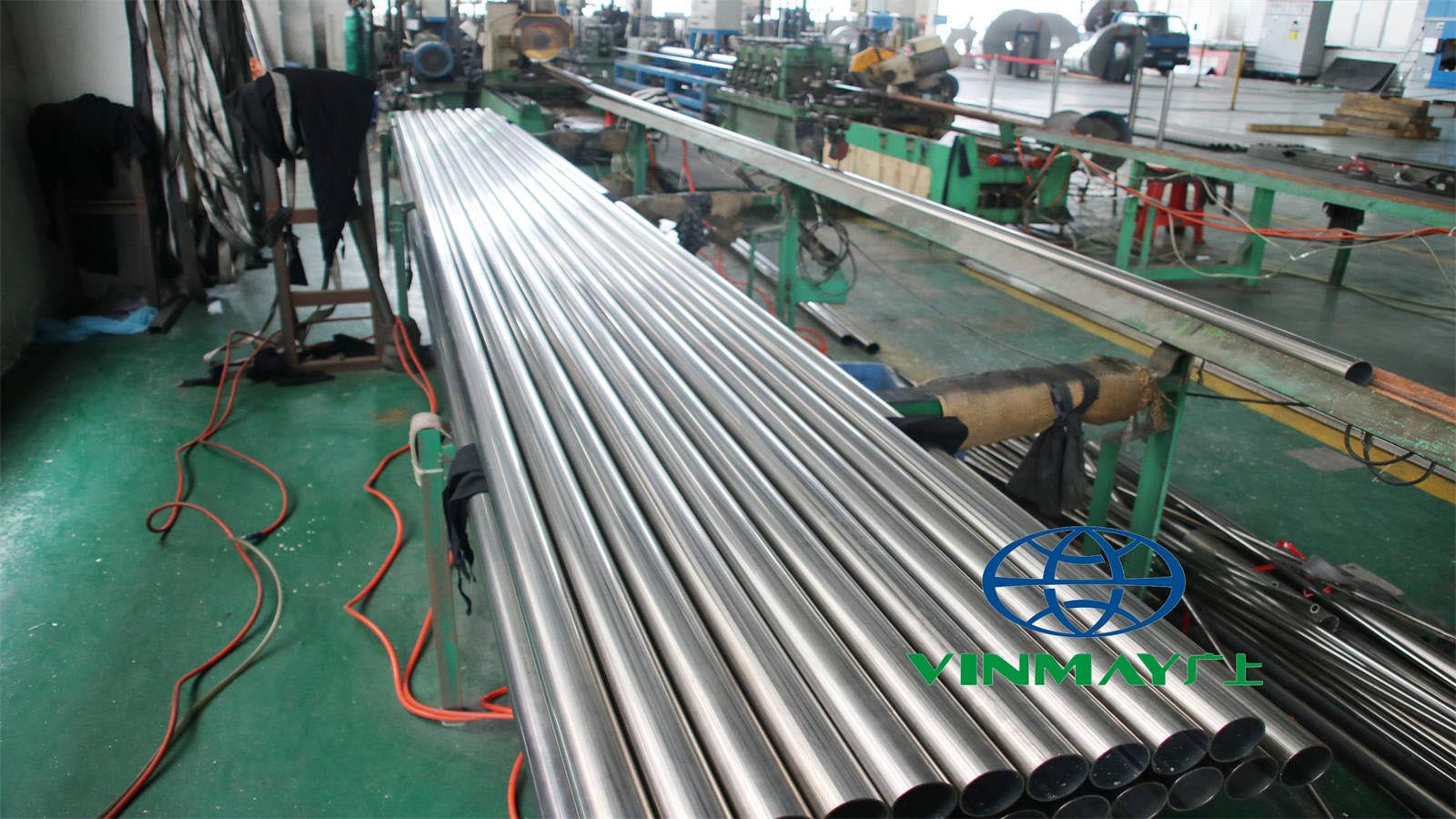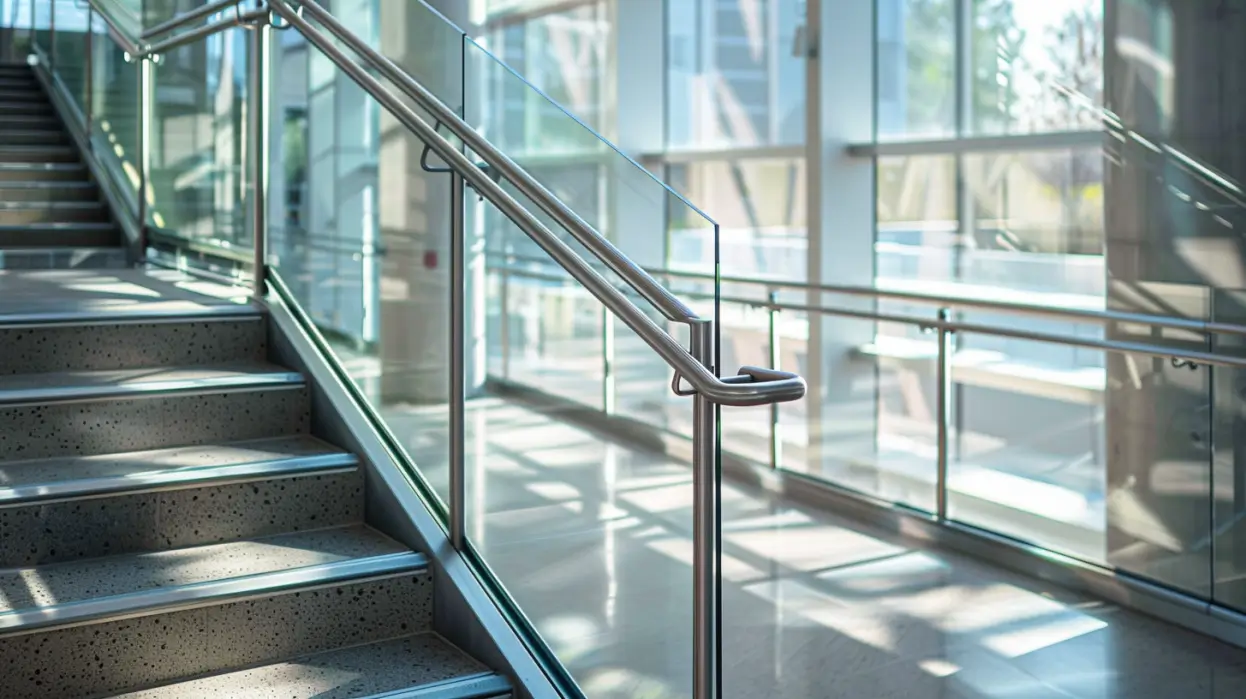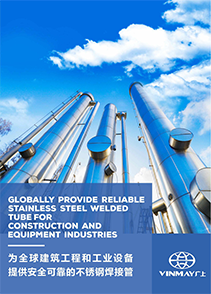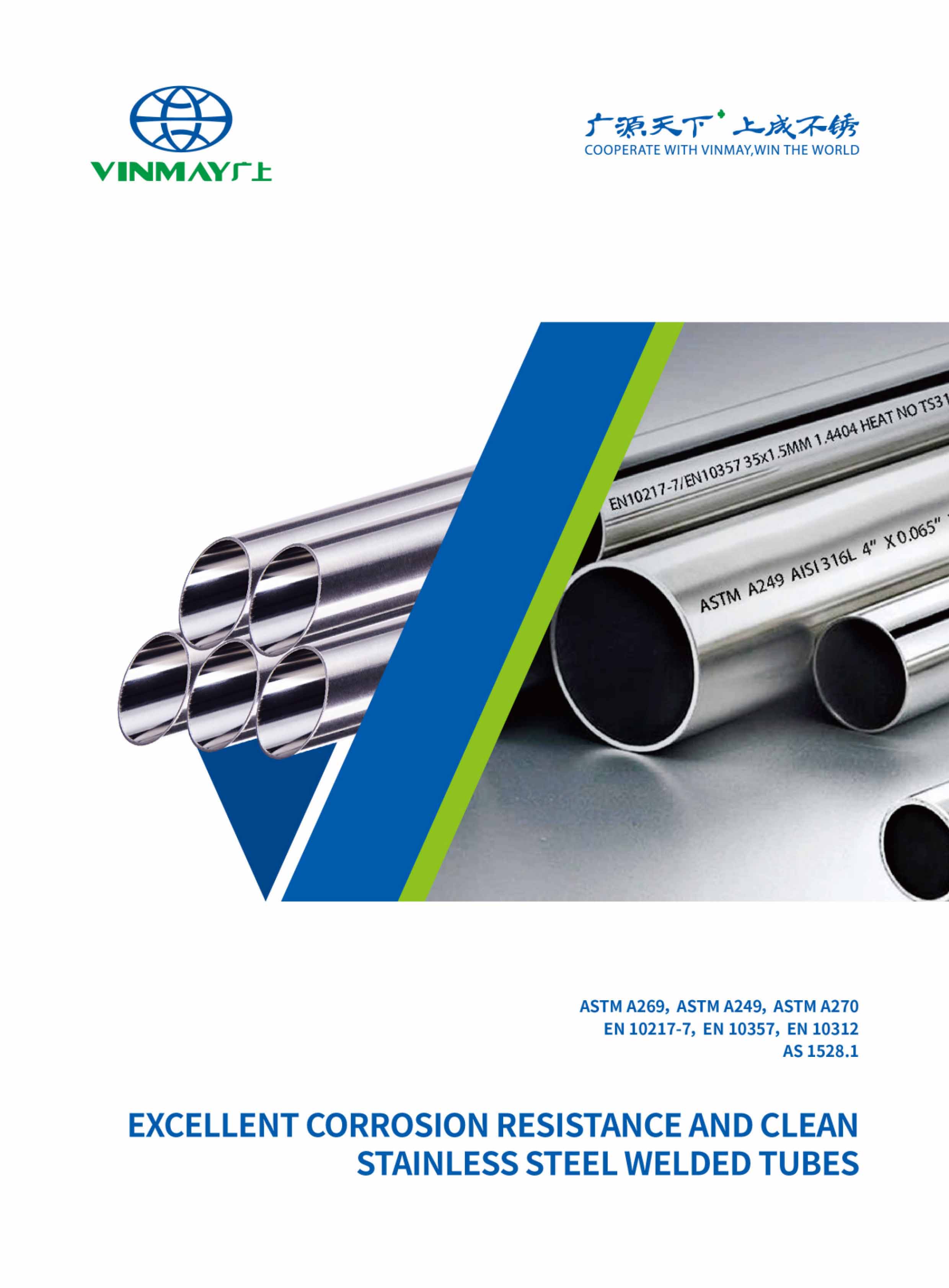When selecting stainless steel for projects such as piping, handrails, or decorative installations, surface quality isn’t just about appearance—it directly affects performance, hygiene, and durability. Stainless steel surface roughness, measured in microns as Ra values, describes the microscopic peaks and valleys on the metal surface.
Understanding surface roughness is essential. The right Ra value ensures proper corrosion resistance, easier cleaning, better weldability, and compliance with industry standards. Choosing the wrong finish, on the other hand, can lead to higher maintenance costs, hygiene issues, or disappointing aesthetics.
This guide breaks down what surface roughness is, why it matters, how it’s measured, and which finishes are best for different applications—all in simple, practical terms to make confident purchasing decisions easier.
Surface roughness refers to the tiny peaks and valleys present on a stainless steel surface, usually invisible to the naked eye. It’s different from surface finish, which describes the overall appearance. Roughness specifically measures the microscopic texture that influences how the steel performs in real-world applications.
In practical terms, a smoother surface (lower Ra value) reduces the risk of dirt, bacteria, or moisture buildup, making it ideal for food processing, pharmaceuticals, and water supply systems. Rougher surfaces may be perfectly acceptable for structural or decorative uses, but they can affect paint adhesion, welding quality, and corrosion resistance.
Key Points to Remember:
By understanding surface roughness, you can select stainless steel that balances functionality, appearance, and cost-efficiency for your specific project.
When selecting stainless steel, knowing the surface roughness standards helps ensure consistent quality and compliance. Ra (average roughness) is the most widely used parameter, expressed in microns (µm). Other values like Rq (root mean square roughness) and Rz (average peak-to-valley height) may also appear in technical documents.
| Food, dairy, and pharmaceutical systems | Typical Ra (µm) | Common Applications |
| 2B (Smooth) | 0.4 – 0.8 | General piping, structural projects |
| No. 4 (Brushed) | 0.5 – 1.2 | Architectural panels, handrails |
| BA / Mirror | 0.1 – 0.4 | Food, dairy, pharmaceutical systems |
| Polished Tubes | 0.2 – 0.8 | Sanitary pipelines, fittings |
Practical Tips:
Referencing recognized standards and typical Ra values helps ensure the stainless steel you select meets both performance and compliance requirements while supporting long-term reliability.

Surface roughness isn’t just a technical specification—it directly influences how stainless steel performs in real-world applications. Understanding these effects helps ensure the right choice for each project.
Smooth surfaces (lower Ra values) are easier to clean and less likely to trap bacteria or contaminants. This is especially critical for:
Example: A mirror-polished stainless steel tube with Ra ≤ 0.4 µm ensures optimal hygiene in dairy pipelines by reducing the risk of microbial growth.
Surface roughness affects how moisture, chemicals, or salts interact with stainless steel. Smoother surfaces reduce crevices where corrosion can begin, extending the lifespan of pipelines, handrails, and structural elements.
Rougher surfaces can complicate welding, assembly, or sealing, often leading to longer fabrication times and higher labor costs. Specifying the proper Ra values helps ensure smooth joints and consistent quality across all components.
For architectural or decorative applications, surface roughness determines the final appearance.
The right surface roughness balances functionality, hygiene, durability, and aesthetics, saving time and cost while ensuring reliable performance.
Understanding different stainless steel finishes makes it easier to select the right Ra value and surface type for each application. Here’s a practical guide to the most common options:
Pro Tip: Always request finish samples or Ra certificates from suppliers before placing an order. This ensures the delivered product meets both performance and aesthetic requirements, particularly for large or long-term projects.

Accurately measuring stainless steel surface roughness is essential for ensuring compliance with standards and project specifications. Understanding the methods helps verify supplier quality before committing to an order.
Choosing the right measurement method ensures stainless steel meets both performance and aesthetic requirements, reducing the risk of costly rework or maintenance later.
Selecting the correct stainless steel surface roughness ensures your project meets performance, hygiene, and aesthetic requirements while keeping costs under control. Here’s a practical guide to making the right choice:
| Project Type | Recommended Ra | Finish Type |
| Food & Dairy Pipelines | ≤ 0.8 µm | Mirror / Polished |
| Pharmaceutical / Lab Systems | ≤ 0.4 µm | BA / Mirror |
| Decorative Handrails | 0.5 – 1.2 µm | No. 4 / Brushed |
| General Structural / Industrial | 0.4 – 1.0 µm | 2B / Smooth |
Choosing the right surface roughness ensures compliance, performance, and long-term durability—helping to avoid costly mistakes or rework.

Even with experience, it’s easy to overlook critical details about surface roughness. Avoiding these common pitfalls helps ensure stainless steel projects meet both quality and performance expectations:
Pro Tip: Create a standardized checklist for surface roughness to ensure every order meets project requirements and to minimize the risk of costly errors.
Ra (average roughness) measures the microscopic peaks and valleys on a stainless steel surface in microns (µm). It indicates how smooth or rough the surface is and helps determine suitability for specific applications.
For sanitary applications, Ra ≤ 0.8 µm (mirror-polished or 2B finish) is ideal, reducing bacterial buildup and making cleaning easier.
Using contact profilometers (stylus-based), non-contact optical/laser methods, or visual comparison charts. Suppliers usually provide Ra certificates.
It affects hygiene, corrosion resistance, weldability, and aesthetics. The right Ra ensures durability, compliance, and cost-efficiency.
Yes. Smoother finishes may cost more initially but reduce maintenance, cleaning, and long-term replacement costs.
Stainless steel surface roughness is more than a technical detail—it directly influences hygiene, durability, aesthetics, and long-term performance. By understanding Ra values, common finishes, and industry standards, you can make confident decisions that balance cost, compliance, and functionality.
The right choice not only ensures project success but also reduces maintenance, improves safety, and delivers a finish that meets both practical and design expectations.
At Vinmay, we specialize in producing stainless steel tubes and fittings with precise surface finishes, backed by quality assurance and certification. Whether your project demands sanitary-grade polished tubes, architectural brushed finishes, or reliable structural solutions, our team ensures consistent quality you can rely on.
Ready to discuss your project needs? Contact Vinmay today for expert support, technical guidance, and high-quality stainless steel solutions tailored to your requirements.



